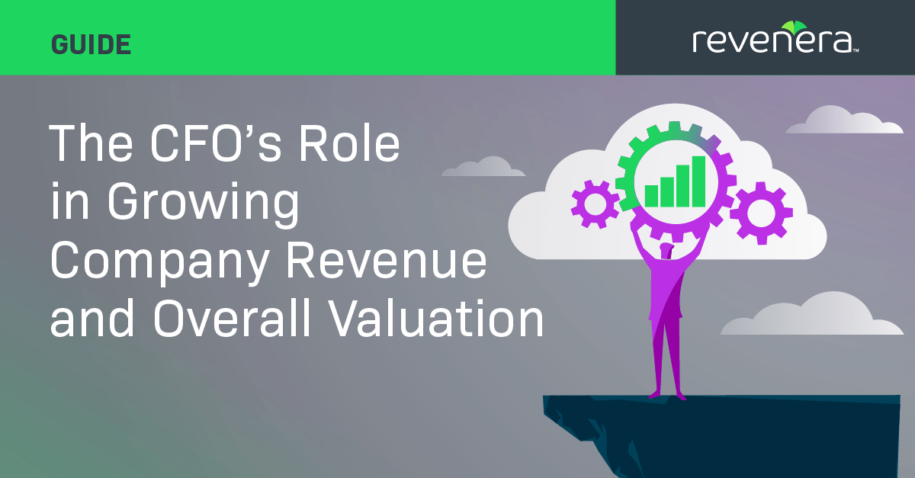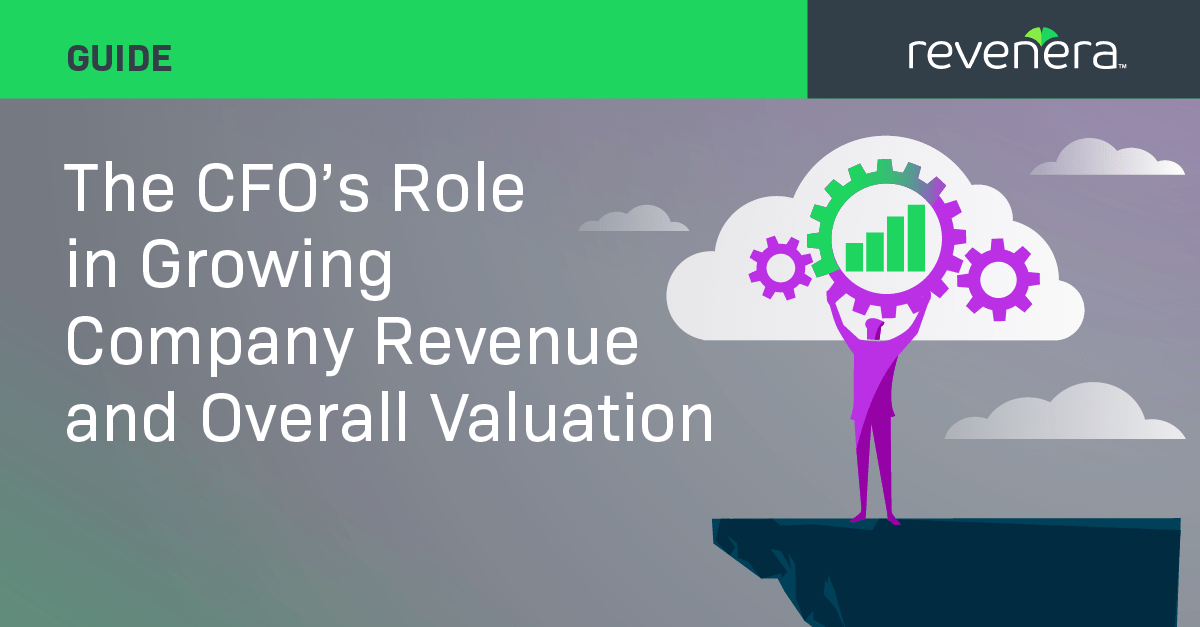The way a company monetizes its software has a huge impact on business success, growth and profitability. CFOs and financial leaders strive to make their software companies even more successful and set them up for growth. Moving away from one-time perpetual license sales to recurring revenue models, as well as transitioning on-premises offerings to SaaS are top of the strategic project lists for many technology CFOs.
The CFO’s goals include:
- Growing company revenue and overall valuation, with recurring revenue worth far more than one-time revenues,
- Taking products to market quickly to capture new revenue streams and grow into new markets,
- Increasing the company valuation through strong renewal rates and profitable pricing strategies, and
- Driving profitability and enabling long-term investment.
Customer Benefits
When a software company offers recurring revenue models, it also benefits customers. The finances of it are appealing. Acquisition cost of the software drops, allowing customers to try the software or adapt their usage in line with needs, without a massive upfront investment in rapidly changing technology. The customer’s expense also shifts from CapEx to OpEx.
Recurring revenue models lend themselves well to a software-as-a-service (SaaS) deployment model where the supplier provides the full solution and the customer uses the solution without the expense of hosting, maintenance, or updates.
The Path to SaaS
Many software suppliers will continue to offer on-premises deployments for some time, but the trend toward SaaS is clear. As found by IDC, subscription public cloud services, including SaaS and platform-as-a-service (PaaS) models, show an anticipated growth in compound annual growth rate (CAGR) of 18.8% between 2020 and 2025, jumping from $240.9M to $570.1M in that time [IDC Market Forecast: Worldwide Software Business Model (Subscription and License) Forecast, 2021–2025].
This “SaaSification” of products provides benefits for both the supplier (including recurring revenue and scalable deployments) and customers (such as elimination of the need to host or manage the software, easy upgrades and role-based personas). SaaS deployment models also make it easier to measure and monitor customer adoption and engagement trends, allowing suppliers to proactively support and strengthen the customer relationship for ongoing subscription renewals.
The transition to SaaS is optimized when CFOs, senior finance staff, product managers and the teams working with them understand the functionality, financial implications, and benefits of this deployment model.
Whether you are on the Finance team or are a Product Manager who needs to understand what drives that team, be sure to download “The CFO’s Ultimate Guide to Successfully Transitioning to SaaS” for insights into different deployment and monetization models and how to manage the transition to SaaS.




